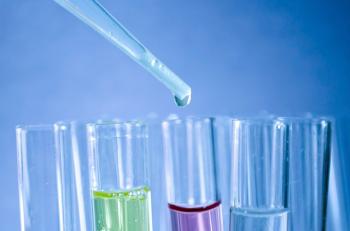Research methods and experimental design are essential to the study of science because it is through these qualitative and/or quantitative analyses that questions of interest become answered. In different disciplines of science certain methodologies are more appropriate and commonly used than others. However, the overall approach used generally follows a similar pattern.
In scientific analyses, the methods of reasoning can be either deductive in nature or inductive. Deductive reasoning starts with a theory and then tests a hypothesis to analyze whether that theory can be confirmed or not. For example, pretend that you wanted to test the theory that the Earth revolves around the sun. Using deductive reasoning, this analysis would begin with a general statement which is the theory, then a hypothesis would be made regarding this theory and that hypothesis would be tested. At this point the theory can either be confirmed or disproved. Going through these steps, this heliocentric theory (which is a current theory) would become confirmed, unlike the geocentric theory (which was rejected due to the heliocentric theory) which going through these steps would be disproven.
As an overview, the steps of deductive reasoning are as follows:
- Theory
- Formulate a hypothesis.
- Test this hypothesis.
- Confirm or disprove the theory.
Inductive reasoning works opposite to deductive reasoning. Instead of starting with a theory, it starts with an observation and then works towards trying to formulate a theory. The steps are as follows:
- Observation is made.
- A pattern becomes noticed.
- This pattern leads to a hypothesis.
- A theory is formulated once the hypothesis is tested.
Basically, deductive and inductive reasoning are the opposite approaches of each other. However, they both have the same end goal of making scientific discoveries. The approach taken is likely based on preference or the circumstances which led to the idea of starting the study in the first place. Regardless, either approach can be used and also depends on the construction of a strong hypothesis, which is a critical element when using the scientific method.
© BrainMass Inc. brainmass.com June 30, 2024, 9:26 am ad1c9bdddf
